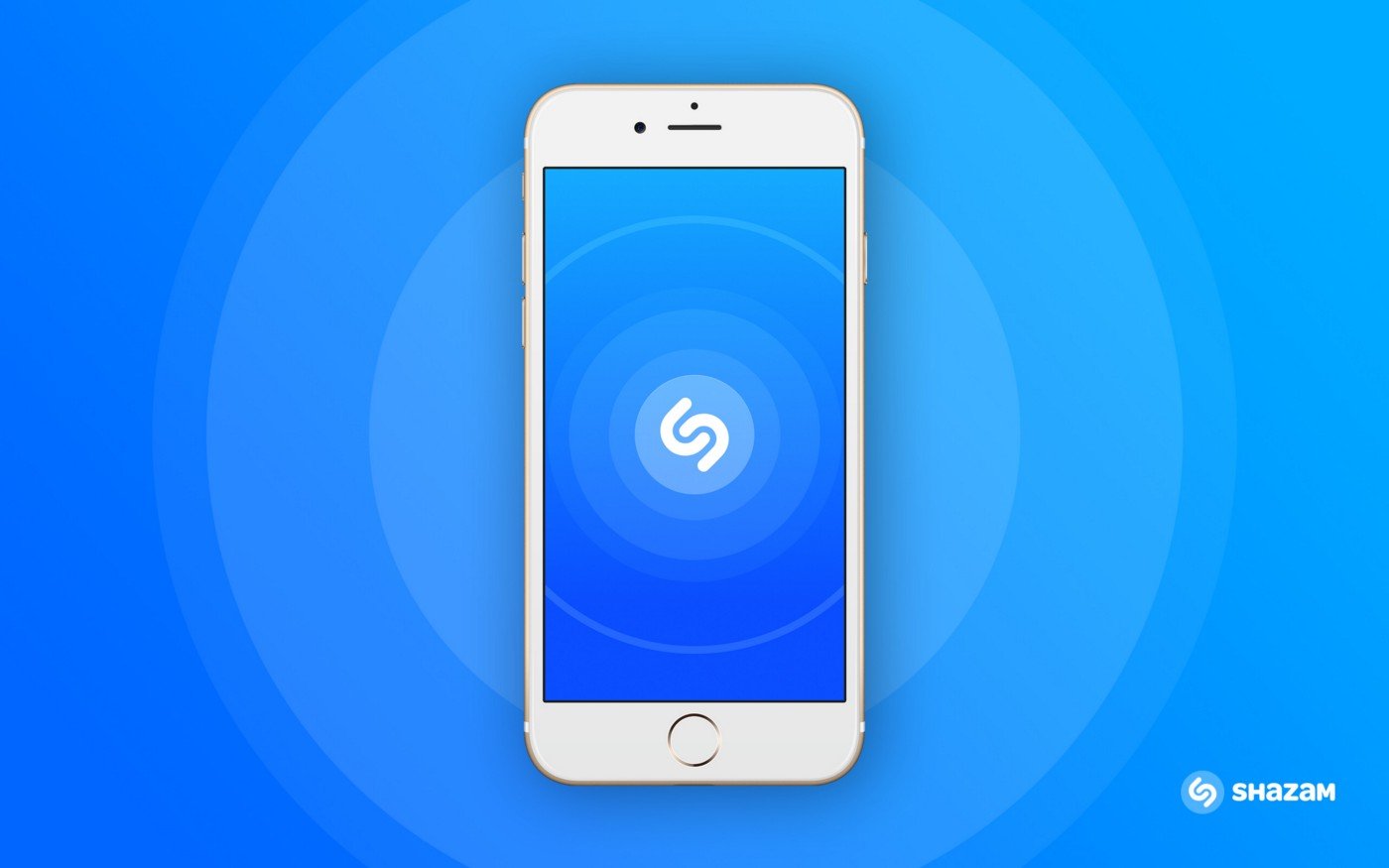“What song is this?! It’s on the tip of my tongue!”
Shazam Case Study
Shazam created the one app that even my mom can use without calling me for help. For that, it is a hall-of-fame Aha Experience.
Opportunity:
Back in 1999 when Machine Learning was not yet part of every startup's pitch deck, a few sound engineers found a way to match sound recordings with the corresponding soundtrack. They used this to answer perhaps the world’s most common question - “What song is that?!”
Aha Experience:
2580. That was it. The original Shazam was a dial-in service whereby you could punch in the four-digit number, put your phone next to a speaker, and receive the song title and artist by text 30 seconds later.
The service maintained its genius simplicity when its app debuted on the original App Store. How did it work? Tap the massive button on the screen. “Shazam!”
The name says it all - the experience is instant, magical, and exciting. Here are a few factors that make the Shazam experience so outstanding.
Simple value proposition.
Shazam answers the question “what song is that?” Conveniently for them, the use case is obvious. Nevertheless, everything Shazam does is focused on answering this one question as immediately and easily as possible. Every other feature remains secondary.
Intuitive.
The app is essentially just a huge button. The on-screen text kindly reminds you to tap it and be patient. Everything else - trending music, your Shazam history, the news feed - is neatly tucked away behind clearly-labeled buttons.
Reliable.
Shazam works every time. The button and app layout has remained the same for over a decade. This creates a frictionless and likable experience.
“Wow!” factor.
Shazam uses a magician’s tactic of making a sophisticated task (data analysis and machine learning) look simple (a button rotating and saying “Listening…”). The app also does something that was pretty unimaginable to people back in the day. That tension sets the stage for a magical experience.
Services the entire customer journey.
Shazam understands why people want to know the song playing. “I want to add this to my playlist later.” “I only caught the end of the song… I want to hear it again.” “What else does this band sing?”
Shazam services each of these common followup questions in a way that adds to, rather than distract from, the core function. The app shows your entire Shazam history. It gives you a link to the song’s youtube video. It integrates with Apple Music to play the song in-app. And so on.
Each of these actions is easy to find and does not compete with the central Shazam button.
Garrett’s Takeaways:
Keep your value proposition simple. Setting expectations for the user sets your solution up for success.
Ruthlessly deliver on your value proposition. Companies win based on their core experience, not based on their features.
Simplify. If you had one button, what would it do? Can you solve your customer’s problem with one simple action? If not, see how you can at least make the user’s first interaction ultra simple. After they begin interacting, you can offer more choices.




